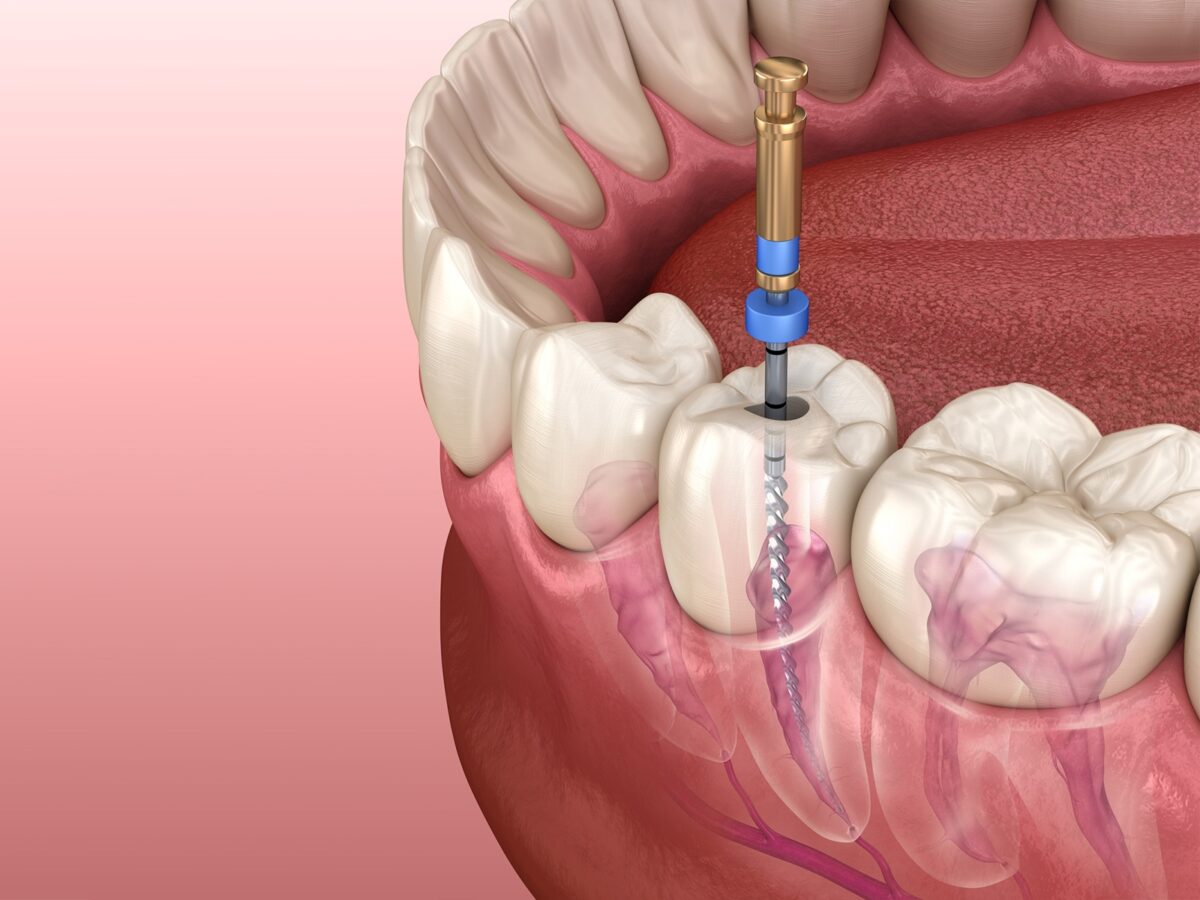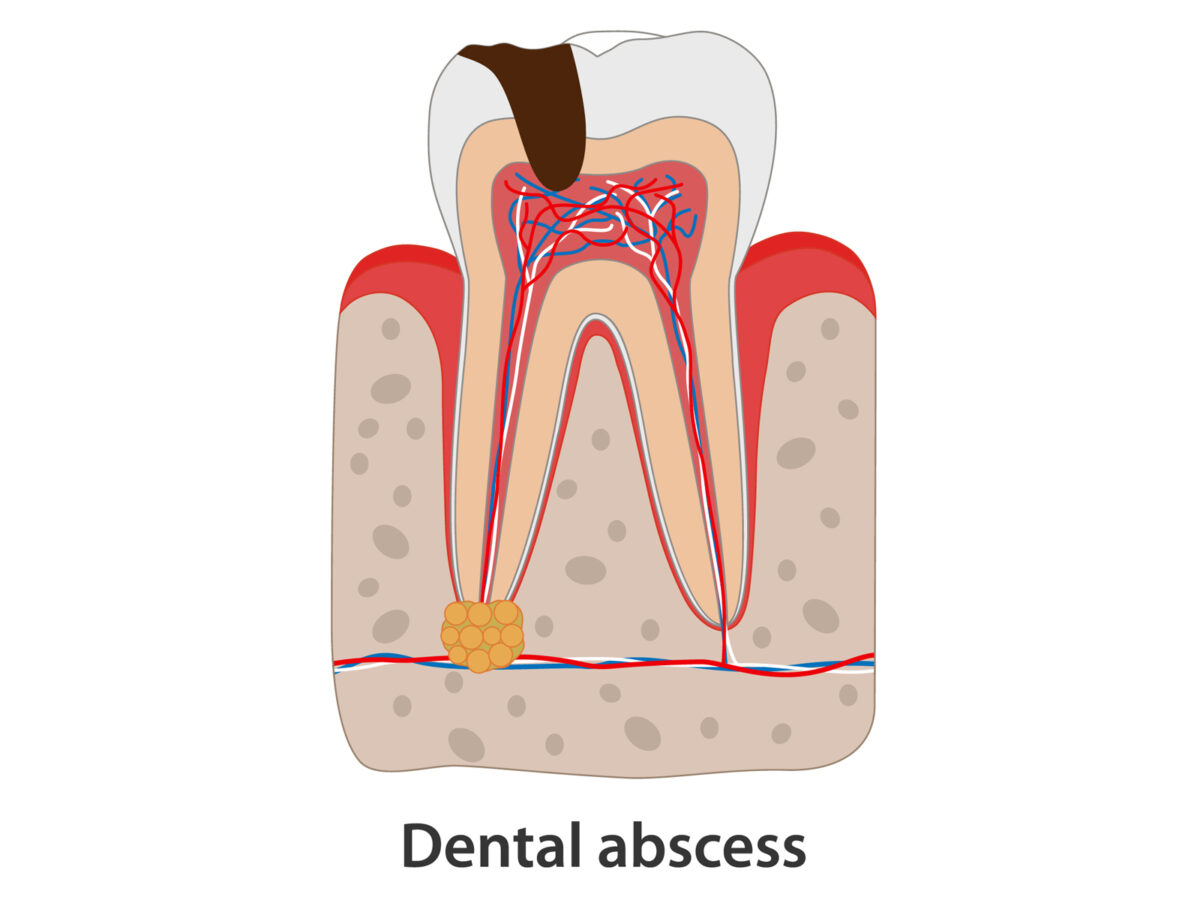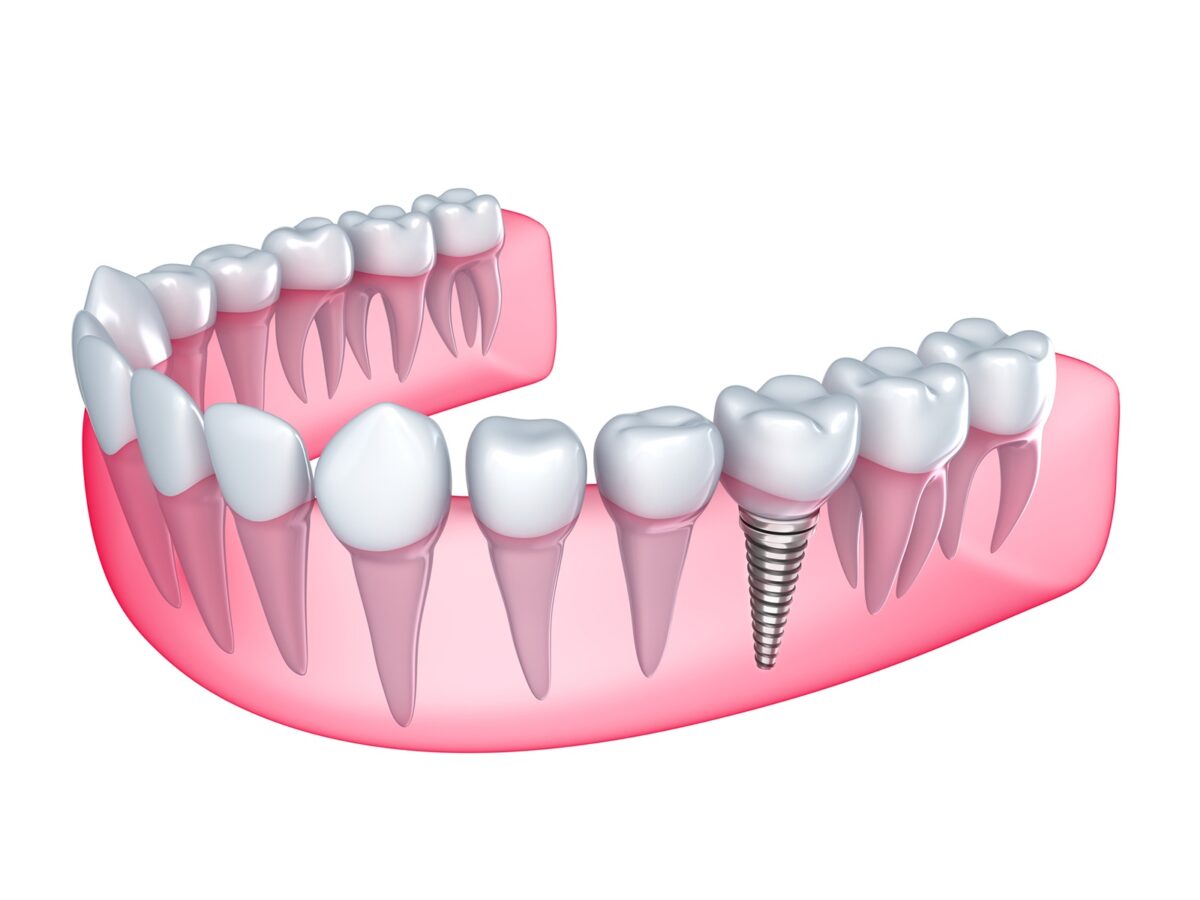A root canal is a treatment devised to eliminate bacteria from the infected root canal, prevent further re-infection, and save the natural tooth. In other words, a root canal procedure entails removing the infected or inflamed pulp and finally cleaning and sealing the insides of the infected tooth.
A root canal treatment does not annihilate the tooth but instead removes the nerves inside the tooth. Now that we have talked about the rudimentary aspects of a root canal let us answer whether nerves grow back after the procedure or not.
Do Nerves Grow Back After a Root Canal?
A root canal therapy removes the nerves and other organic matter from inside a tooth’s root canal system, which is then filled with a material known as gutta-percha and sealed. Thus, nerves do not come back after a root canal.
At times, bacteria can enter the sealed system of the root canal therapy, and you might require retreatment.
What is Root Canal Retreatment?
Although root canal procedures are incredibly safe, some therapies may fail, and the area around the treated tooth may become infected. This is when a root canal retreatment comes into the picture.
The procedure involves numbing the tooth so that you will not feel any discomfort. After that, the dentist removes the crown and reopens the tooth. The canal filling is removed, and another infection is treated. The dentist thoroughly examines the root canals to ensure that all vulnerable areas are attended to. After everything looks good, the tooth is disinfected, and the dentist puts a filling inside the canal again. Lastly, the endodontist places a temporary cover over the root canal, replaced with a crown after a few days.
Thus, a re-infection after root canal therapy does not occur due to the redoing of nerves. It can result from other factors associated with the root canal procedure.
Schedule your appointment with a dentist today and get the treatment on time!





